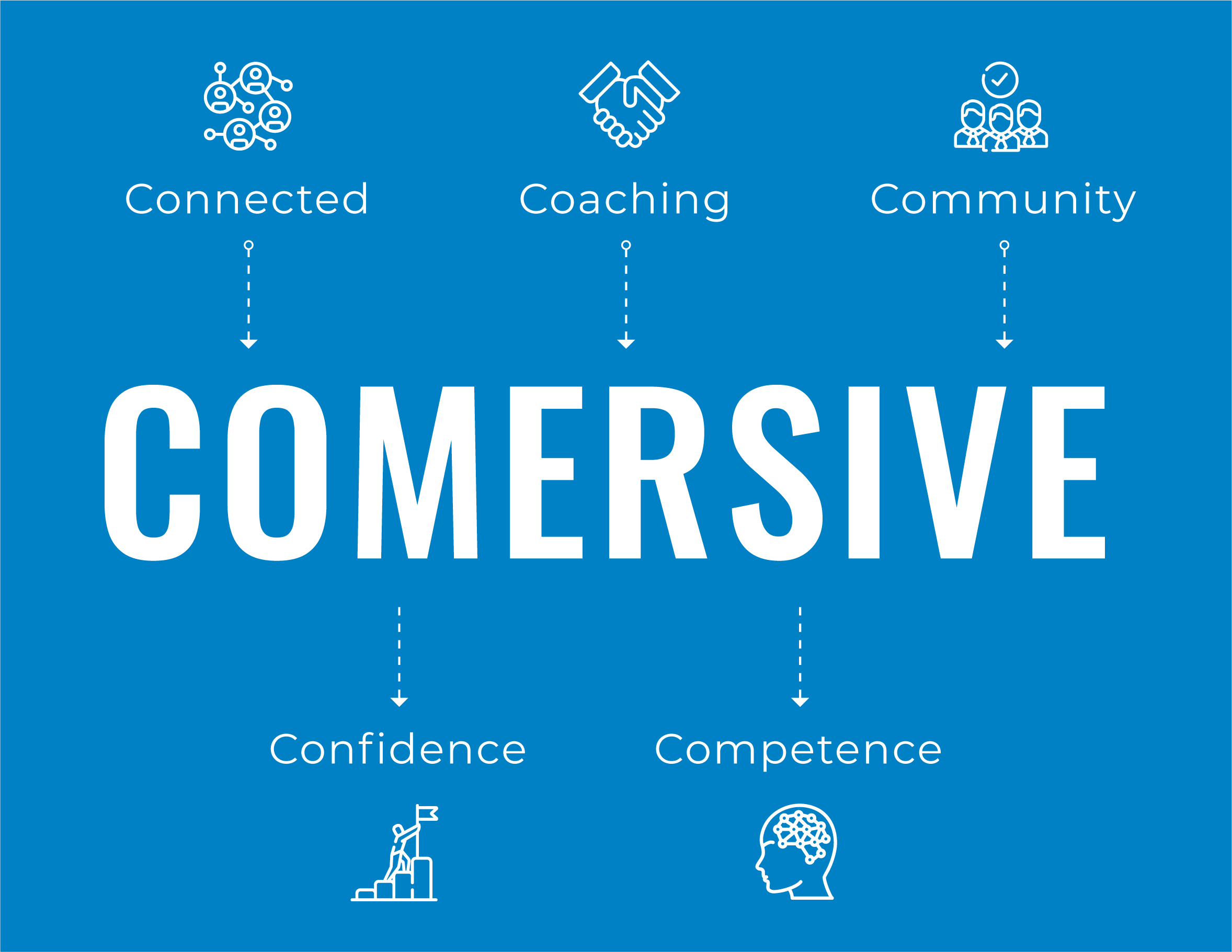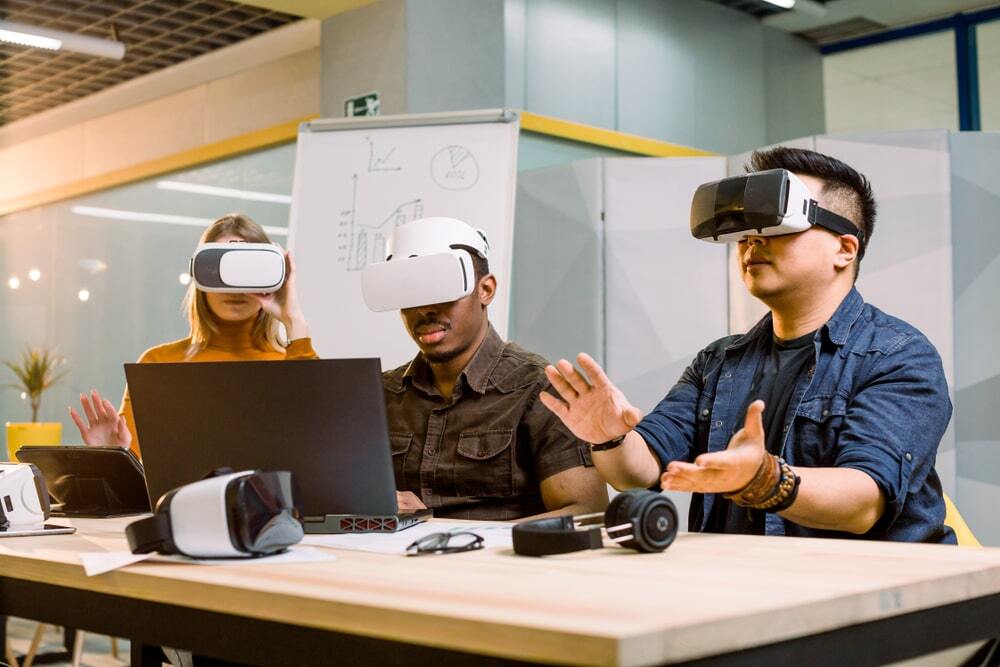Keeping Pace with the Growing Skills Gap
While the U.S. unemployment rate hovers at 6.9%, the demand for skilled workers is at an all-time high. Despite their importance to the economy, and people’s way of life, there are not enough skilled trades specialists to meet their demand. Trades apprenticeships take between one and six years to complete, which is too slow to fight the growing skills gap. That leaves a need for a more efficient career training model.
With COVID-19 accelerating the need for remote learning, and a majority labor pool made up of tech-savvy, digital natives, the key to delivering a job-ready workforce to meet demand, is to update the traditional hands-on training model to include innovative, immersive learning technologies.
Meeting Digital Natives Where They Are
According to the U.S Bureau of Labor Statistics, in 2020, 59% of the available U.S. workforce was between the ages of 19-39. Referred to as “digital natives” or the “digital-first generation,” they have been brought into a world more connected with technology than ever before.
Traditional classroom settings, memorizing manuals and long-term apprenticeships don’t provide the level of engagement that these students want. Today, skilled trades industries, like HVAC, plumbing, facilities maintenance and electrical can now meet this new generation where they are by bringing them engaging, immersive training content in the way they demand it.
Immersive Learning in the Skilled Trades
In a 2019 study, it was found that medical students undergoing VR training were able to carry out certain procedures more effectively than colleagues who went through traditional forms of training. Now, the rapid adoption of 3D simulations and virtual reality (VR) technology has made it possible to create a totally immersive learning experience for skilled professionals in training. Not only are they a solution to the current remote environment, but they significantly improve the application of skills learned.
This type of interactive learning plays a huge role in boosting memory recall, and is one of the best ways to learn and practice hands-on skills. A report from PWC found that learners using VR are 3.75 times more emotionally connected and 1.5 times more focused than classroom learners.
In addition to better retention, recall and performance, interactive field simulations have proven to be useful for situations that are too expensive, unsafe or inaccessible for in-person training, which is often the case in the skilled trades. With training simulations, time to proficiency for new hires is faster and safer because of the capability for unlimited practice in a controlled, risk-free environment. This technology is going a long way to effectively prepare tradespeople for successful fieldwork, while saving employers from costly mistakes and rework.
The Missing Piece in Immersive Learning
The shift to everything virtual in 2020 showed us the value of being able to deliver trades training immersively, but also revealed one critical shortcoming of the remote, immersive learning experience — absence of human connection within the learning process.
Immersive learning platforms delivered as a simple point solution can help with safety, efficiency and overall scalability, however, it has the potential to lead to feelings of user detachment.
When learners put on a VR headset, they’re carrying out training on their own, in a silo. This can lead to cognitive overload, lack of coaching and feelings of isolation.
As we move further into 2021 and beyond, we can expect to see an evolution of the immersive learning experience — one that re-focuses on emotional connection within a broader context of the learning process.
The Next Wave: “Comersive Learning”
To address the shortcomings of immersive learning, the trend towards a more progressive type of immersive learning management platform is emerging under the umbrella of “Comersive Learning.”
What is Comersive Learning?
Comersive Learning allows students to accelerate job readiness by combining an immersive experience with social learning methods; it combines immersive, virtual training content and curriculum, one-on-one mentorships and learning communities through a single learning platform to push the limits of student engagement and on-the-job learning.
Why is Comersive Learning Important?
Behind every VR headset is a human that’s hardwired for connection to others. Regardless of how far technology has come, there is still a very real need for ongoing support, camaraderie and people to share aspirations and accountability. Comersive Learning creates the connective tissue between technology and community, enabling access to a support system as we learn.
The Components of Comersive Learning
There are five core elements to an effective Comersive Learning experience:

- Connection: Fits today’s workforce with an on-demand, always accessible format, from any device platform. Connections include peer-to-peer, companies and integrations with Learning Management System (LMS).
- Coaching: Emphasizes the value of person-to-person contact with mechanisms that allow for ongoing personalized feedback, localized knowledge exchange and one-on-one digital mentorships.
- Community: Enables and promotes a sense of community and continuous learning through increased interactions with coaches, mentors and other students by leveraging social communication channels, gamification, online competitions and synchronous virtual environments.
- Confidence: Provides the ability for unlimited practice in a lifelike, safe, risk-free environment with immediate error feedback to enhance learner confidence when heading on the job.
- Competence: Provides users with personalized and targeted learning pathways that lead to measurable proficiency in essential competencies needed for job success.
Examples of Comersive Learning in Action:
- Imagine a scenario where you’re part of a team, and you can see when your colleagues are online. You’ve all been assigned the same learning module, and the real-time connection enables the ability to learn together in a collaborative, virtual environment.
- Or, imagine you’re in the middle of a simulated field scenario and encounter a fault in a system that you’ve never seen before. You’ve run through the diagnostic procedures that you’ve learned, but you’re stuck. What if you could click a digital mentor avatar and instantly be connected with assistance from an AI interactive “human” to coach you through the difficult simulation?
- Or, your manager has assigned you a training module that simulates an upcoming service call they want you to handle. Imagine, your colleagues or supervisor can join you in a virtual session to validate and assess your learning so you feel confident enough for the real thing.
These are just three examples of how a network of AI and/or human interaction to guide, coach and prompt a learner can lead to an efficient and successful learning outcome.
For the past five years, Interplay Learning has become the standard for immersive-led, job-readiness training in the skilled trades with their Interplay Learning™ learning platform.
Today, we announce our vision into Comersive Learning for the plumbing, HVAC, facilities maintenance and electrical industries, and have already started to develop new features and methods to address the need for emotional connection, community and digital mentorships inside an immersive experience.
Observable Outcomes of Comersive Learning
Comersive Learning is the fastest way to a job-ready workforce; it can be personalized to fit many industries to train, engage, motivate and retain workers in a way that matches their learning style. It not only gets users job-ready faster, but it also fosters confidence, collaboration and a continuous learning mindset that helps build careers and earning potential.
On the employer side, there are quantifiable results. Progress is measured and data collected with each module and simulation, allowing employers to witness their technicians’ improvements. Employers immediately get to see what their employees got right and where they made mistakes and can intervene in the learning process to help every technician make progress in developing their skills. Access to this information gives a comprehensive, at-a-glance view into technician skill levels, training progress and field-readiness, so employers can develop their team at all levels and send the right people on the right jobs.
On a societal level, Comersive Learning will be a massive solution to the skills gap crisis by revolutionizing the age-old apprenticeship model and reducing time from beginner to field-ready through a greater emotional connection to learning.










